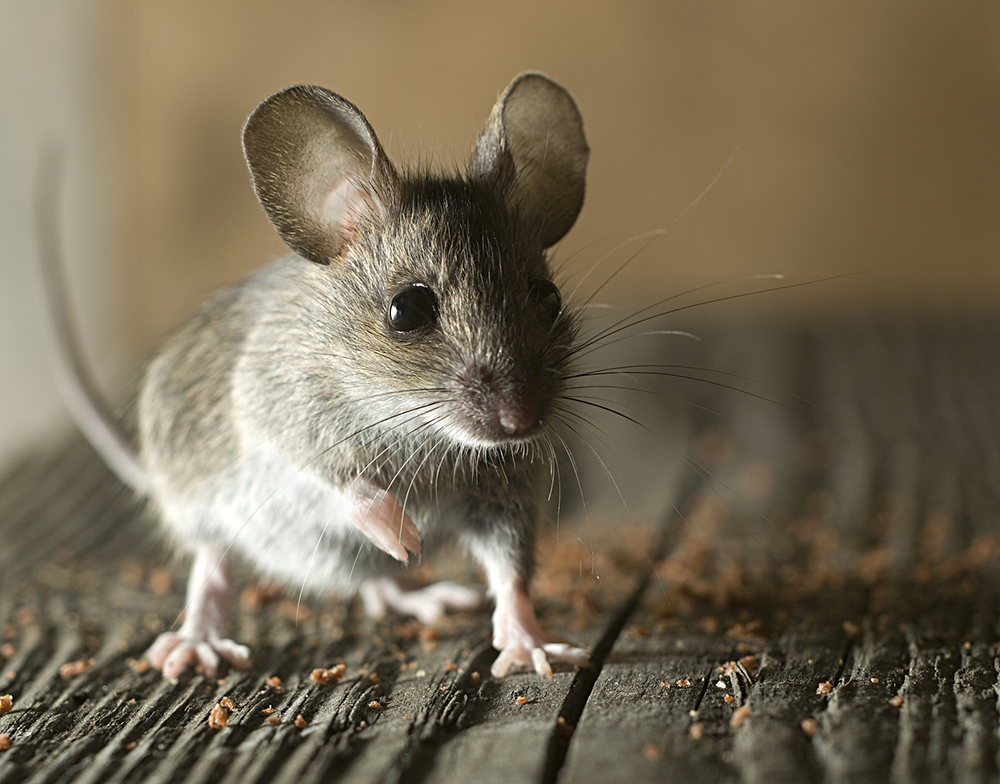Top Signs of Mice in Your Home – No one wants to see a mouse scurrying past them on the kitchen floor. However, it’s fairly common to have a mice infestation at least once during your life as a homeowner. They get in from cracks and holes, seeking out warmth, shelter, and food. Not sure if you have rodents living among you? Here are the top signs that you have mice, rats or rodents.
Rodent Droppings
New droppings will be dark and moist. As they age, they become dry and gray, crumbling easily. You’ll find them near food packages, in drawers or cupboards, in hidden areas, and under sinks. You will find the greatest number where they are nesting or feeding.
Gnaw Marks
Opposite of droppings, newer gnaw marks are lighter in color and get darker with age. These markings are found on food packaging or within the structure of the house itself. You can determine age by comparing a newly found gnaw mark with those from a similar material that is older. If the newer marks are lighter in color, this is a sign of an ongoing infestation. The marks can also show whether you have rats or mice. Rats will leave larger gnaw marks than mice.
Foul Odor
Cats and dogs often become active and excited in areas where the presence of rodents has been detected. That’s because rats tend to emit an odor, especially when they have recently entered the home. If you see your pet is suddenly pawing in a specific area, check it out for mice and rats. If you smell an ongoing stale odor emanating from hidden areas, this could be a sign of an active infestation.
Tracks and Runways
When rodents are active in or around your home, you will spot a series of runways and tracks that are distinctive at first, and then fainter as time goes on. You can identify these by using a flashlight or blacklight aimed at the suspected area. Look for smudge marks, footprints, urine stains and droppings.
If you suspect a particular area is infested by rodents, apply a thin layer of baby powder on the surface. If rodents are indeed active, you will see their trails outlined in the powder.
Nests
Mice will use materials like shredded paper, fabric, or dried plant matter to make up their nests. They may also nest in bedding, clothing and insulation in the attic. If you notice nests, along with any of the above signs, you may have an active infestation. The only way to know for sure is to have a professional exterminator visit your home.
Contact Cavanaugh’s Professional Termite and Pest Services
If you suspect a rodent problem in your home, contact us right away so we can address the problem immediately. The typical house mouse can produce three litters each year with up to 12 offspring per litter! They carry disease and make nests in your walls and attic, chewing through wires and anything else they can eat.


